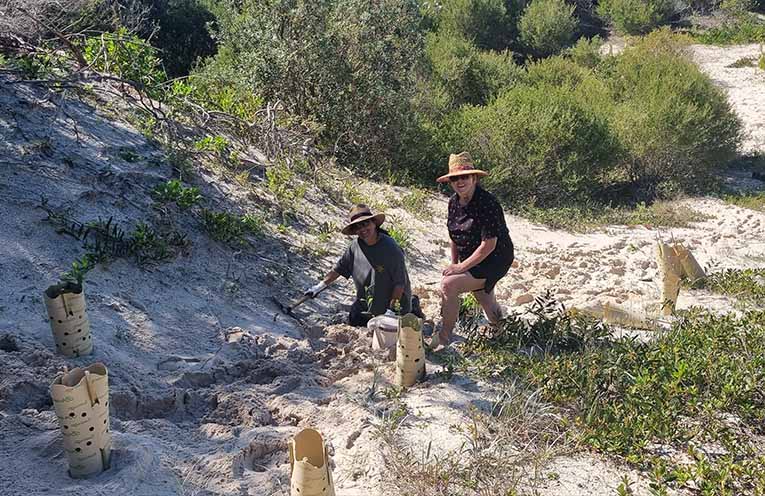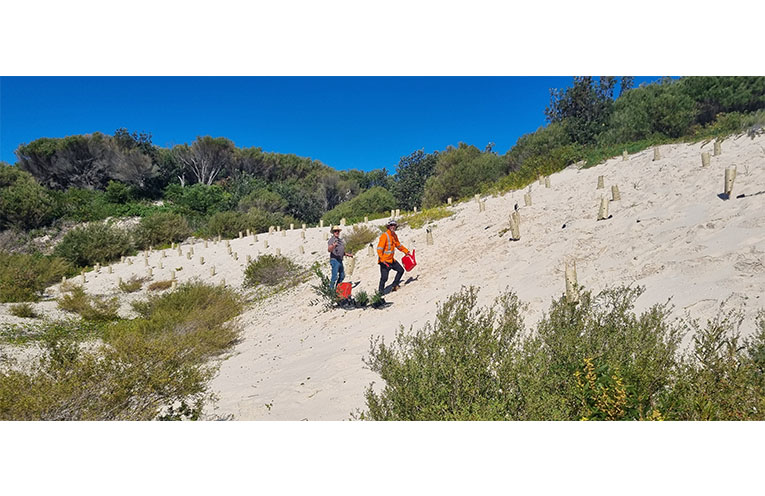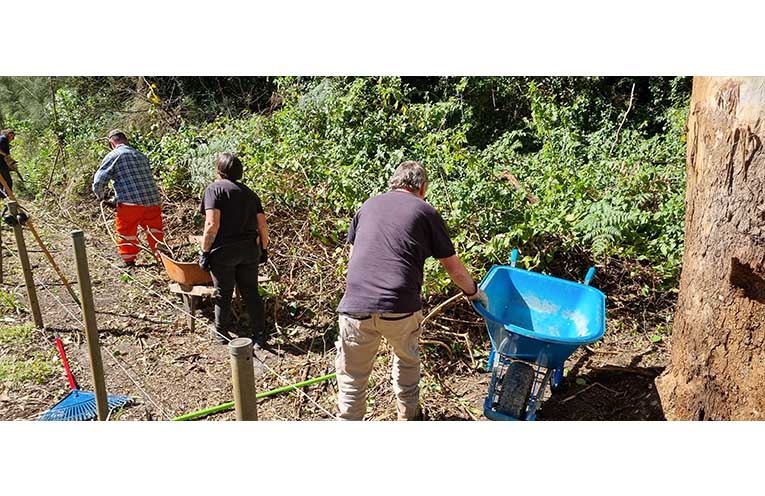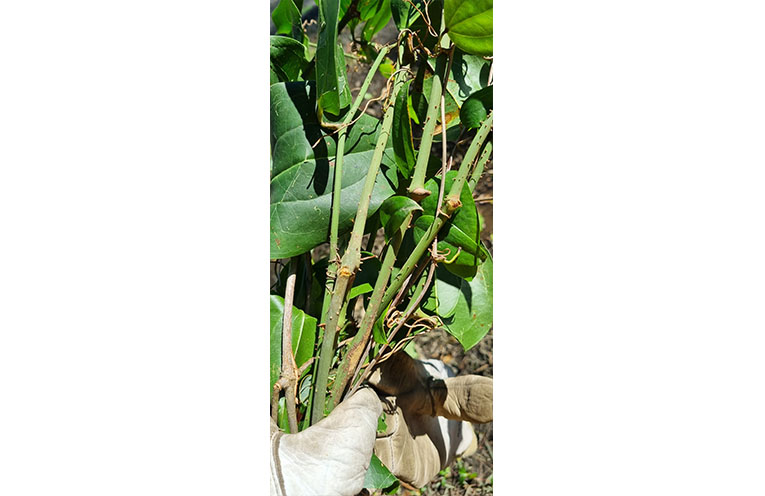VOLUNTEERS from far and wide came to Hawks Nest and Pindimar last week, to help regenerate and rejuvenate the local flora with Connecting Communities Australia (CCA).
CCA runs volunteer groups to assist with disaster preparedness.
It was last seen in 2023 as part of the Australian Resilience Corps, which brought out-of-town volunteers together with locals to clear fire trails in North and South Pindimar.
Funding for this year’s project came as a grant from FRRR (Foundation for Rural and Regional Renewal), which focuses on enhancing the social and economic strength of remote, rural and regional Australia – building more vibrant, resilient, sustainable and empowered communities.
Monday and Tuesday 25-26 August saw a dozen volunteers at “Deadmans Dunes”, at the base of the Yaccaba isthmus, planting more than 600 locally appropriate saplings and seedlings into the sandy dune side, including acacias, wattles, banksias and native grasses.
This area was devastated many years ago when sand was trucked out of the same spot and dumped on the notorious Jimmys Beach erosion zone – an emergency measure taken at the time that has had far-reaching negative consequences.
Volunteers at the dunes included Gummipingal traditional custodians, Tracy Kerr and Jan Webb, who offered traditional insights into the planting and location, as well as volunteers coming all the way from Broken Hill, northern Sydney, and Taree.
Wednesday and Thursday 27-28 August saw the CCA volunteers shift to Pindimar, joined by locals from Pindimar and Bundabah, to clear out weeds and invasive vines at South Pindimar, and clear verges near the boardwalk to regain access for preventative fire actions in the hopeful near future.
Morning tea was put on by some more locals at South Pindimar beach, under the watchful eye of the resident ospreys.
Professional cinematographer Anna Howard was also present to document the week’s labours, engaged by CCA’s Jenny Parkes, whom she met along with several SES-related volunteers at the Taree floods earlier this year.
“Bitou bush and asparagus fern are the big offenders we are clearing out in Pindimar,” Bundabah resident Debbie Mutton told News Of The Area.
“Bitou bush chokes and smothers other vegetation, and traps the stuff falling from trees around it, which just builds up as bushfire fuel.”
Asparagus ferns creep along the ground while their roots trail deep and wide and must be pulled out, often leaving behind seed-balls that the birds will eat and spread further around.
“The FRRR grant included to help with dune stabilisation,” Glenn Price, COO of CCA told NOTA.
“Bitou bush was originally, and ironically, introduced from South Africa as a form of dune stabilisation and to revegetate areas that had been sandmined, like along Bennetts Beach – but now we know it has to go.
“Working with Anthony, Nick and Steve from MidCoast Council has been great, the local people have also been fantastic.
“This sort of thing works best when a combination of locals and out-of-town volunteers come together.
“We will be back, and hope to have more locals join us next time.”
Thursday ended with a particularly determined group effort to pull down a highly invasive thorny vine, dubbed “thorny bastard”, which had climbed relentlessly several metres up existing native trees.
Trailers full of green waste were carted away to be dealt with responsibly, but the battle is ongoing.
By Thomas O’KEEFE
You can help your local paper.
Make a small once-off, or (if you can) a regular donation.
We are an independent family owned business and our newspapers are free to collect and our news stories are free online.
Help support us into the future.








